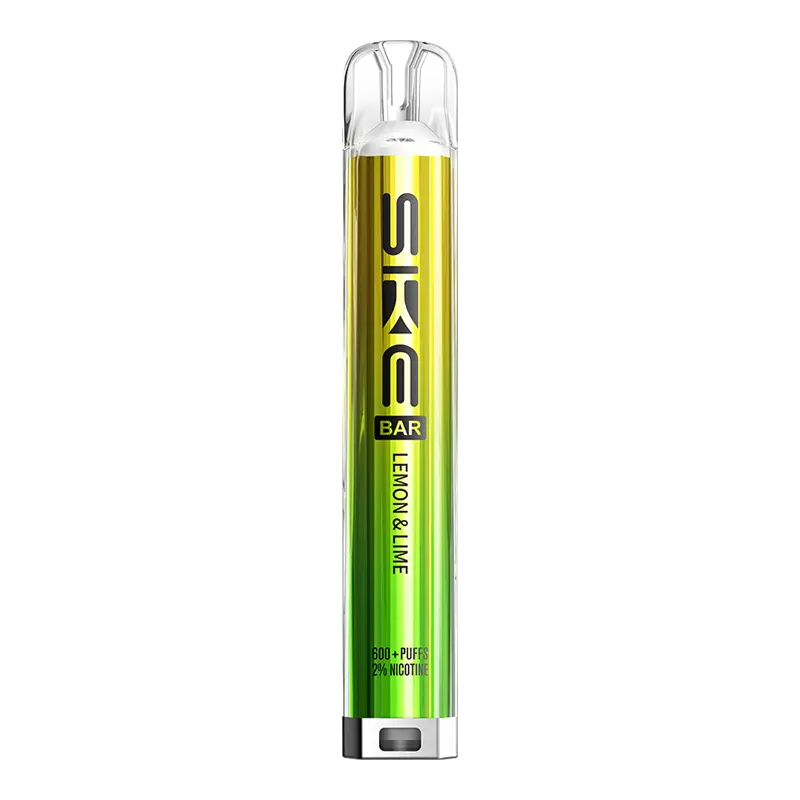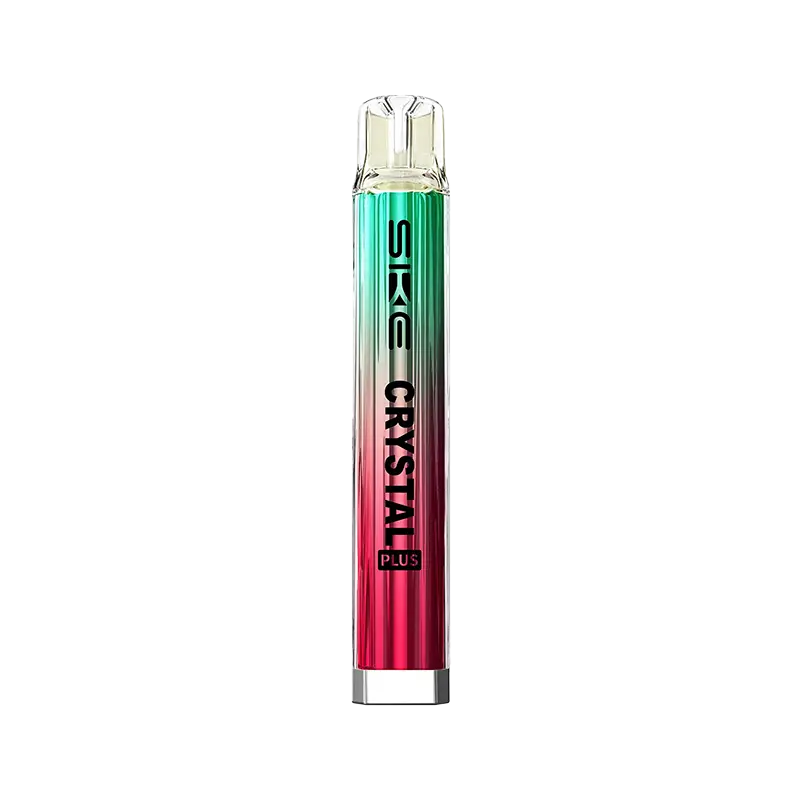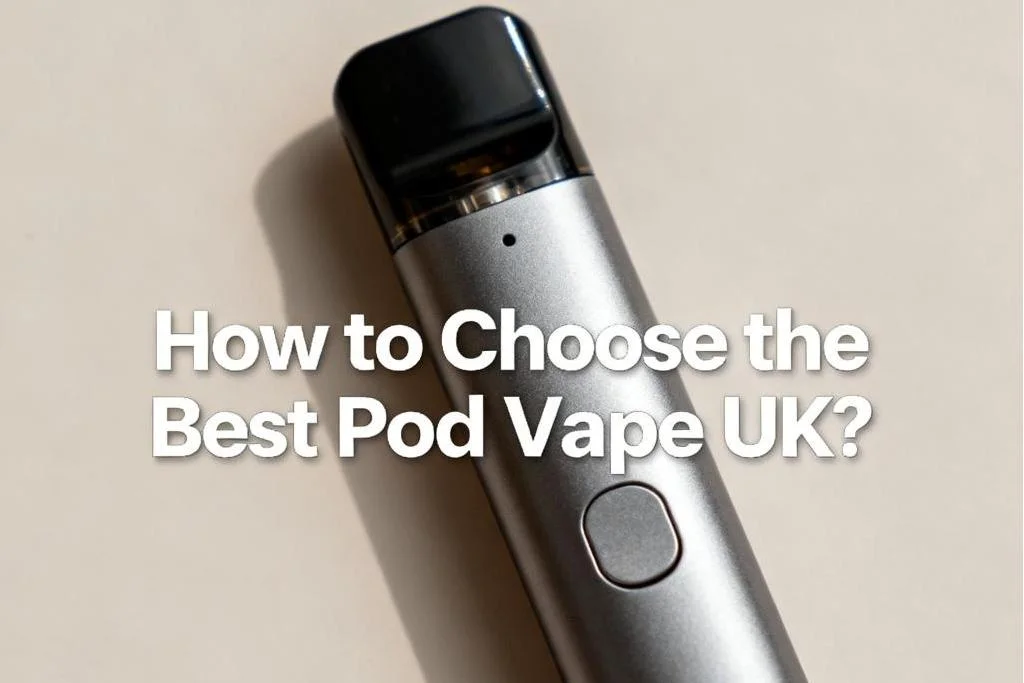Shisha vs Vaping: Unveiling the Truth About Their Differences!
Concerning the debate of shisha vs vaping, this blog post will dissect these contrasting differences, exploring how each method impacts health, culture, environmental concerns, and user experience to help you determine which option best fits your lifestyle.
The Lowdown on Shisha
Also termed hookah, narghile, or waterpipe, shisha refers to an apparatus used to smoke flavored tobacco called mu'assel. Shisha traces back over 500 years to India and Persia.
Shisha utilizes charcoal to heat up specially prepared tobacco doused in things like honey, glycerol, and fruit flavors. The smoke then goes through the water to cool it before being sucked in through a long, bendable hose. Shisha frequently comes in fruit flavors such as apple, mint, cherry, and more.
Shisha is intended for communal smoking in groups and cafés. Preparing and passing the hookah mouthpiece facilitates this collective experience. Shisha sessions can last anywhere from 30 minutes to several hours.
What is vaping?
Vaping means using battery-powered gadgets that vaporize solutions containing nicotine, cannabis, flavorings, and other chemicals. These contraptions heat up the solutions into an aerosol inhaled by the user.
The first modern e-cigarette was patented in 2003 by Chinese inventor Hon Lik. Since then, vaping tools have continued advancing into things like vape pens, pod systems, and box mods with customizable settings. The vaping community has exploded with vape shops and online retailers.
Unlike old-school cigarettes, vaping solutions don’t require burning. Most contain four key ingredients - vegetable glycerin, propylene glycol, nicotine, and flavorings. However, the unlimited flavor combos and device types have made vaping highly modifiable for each user.

Vaping VS Shisha
Both vaping and shisha offer distinct experiences through their unique delivery systems, catering to diverse tastes and preferences in inhalable substances. However, understanding their differences is key to making an informed choice.
1. Technology and Mechanics
1.1 Shisha's Traditional Approach
Shisha uses a water pipe where shisha tobacco is placed beneath burned charcoal. The heat from the charcoal heats the shisha tobacco and generates smoke, which is then filtered through a water-filled chamber, cooling it before it is inhaled. It's integral to shisha's cultural identity but may introduce carbon monoxide and other combustion-related toxins into the smoke.
1.2 Vaping's Modern Technology
Vaping employs modern electronic heating coils to heat a liquid until it vaporizes. The e-liquid usually contains vegetable glycerine, propylene glycol, flavoring, and nicotine, without burning requirements, making it a cleaner alternative. It significantly reduces the inhalation of combustion byproducts, which are prevalent in traditional smoking methods, thereby positioning vaping as a potentially healthier option.
2. Health and Safety Considerations
2.1 Comparative Health Risks of Shisha
Hookah smoking involves the inhalation of smoke rich in carbon monoxide, heavy metals, and other harmful substances due to the combustion of charcoal. Such exposure can cause serious health issues, including an increased risk of respiratory diseases and other chronic health conditions.
2.2 Vaping's Health Implications
Though not completely risk-free, vaping is often considered safer than cigarettes because it avoids the direct burning of tobacco. However, concerns about the inhalation of synthetic chemicals and the potential for unknown long-term health effects remain. Regulatory bodies are continually assessing the safety profiles of various vaping liquids and devices.

3. Cultural and Social Implications
3.1 Shisha's Social and Cultural Heritage
Historically, shisha has been more than just a smoking practice but a communal activity deeply embedded in Middle Eastern and North African cultures. Hookah lounges are places where people pass the hose and share stories, strengthening community bonds.
3.2 The Social Dynamics of Vaping
In contrast, vaping has developed its own culture, particularly appealing to individual adults and those looking for an alternative to traditional smoking. Vaping communities often gather in vape bars or special events to share different flavors and technological advancements.
4. Usage and Accessibility
4.1 Shisha: Setup and Preparation
Shisha requires assembling multiple parts, including the bowl, water jar, hoses, and often a wind cover, making it less portable and requiring more time and space to set up. While offering a ritualistic charm, this traditional assembly limits its mobility and spontaneity of use.
4.2 Vaping: Convenience and Portability
Vape devices, ranging from mini disposable vapes like Crystal Bar or SKE S5000, small pods like Crystal 4in1 or Crystal Plus, to larger mods, are for ease of use with pre-filled or refillable options. Their compact nature and the absence of a lengthy setup make them ideal for on-the-go usage, significantly enhancing their accessibility compared to shisha.
5. Flavor and Variety
5.1 Flavor Experience in Shisha
While shisha offers a deep and rich flavor profile, its flavors are influenced by the quality of tobacco and the type of coals used, which can add a distinct undertone. At the same time, the flavor options are also somewhat limited by these traditional components and the preparation method.
5.2 Flavor Options in Vaping
Vaping excels in flavor variety due to the ease of changing e-liquids, allowing vapers to switch between countless flavors — from classic tobacco to exotic fruits or dessert blends — within minutes. The control over flavor intensity and nicotine strength further enhances the personalization of the overall vaping experience.

6. Cost Implications
6.1 Long-term Costs of Shisha
The ongoing cost of shisha includes coals, tobacco, and the occasional replacement of parts like hoses and bowls. It, combined with the initial investment in a high-quality shisha set, can become a more expensive option over time, especially for frequent users.
6.2 Economic Aspects of Vaping
While the initial setup for a vaping device can be a significant investment, particularly for high-end models, the ongoing costs can be managed with refillable tanks and replaceable coils. Additionally, the longevity of vaping devices and the availability of economical e-liquids make vaping a cost-effective option in the long term.
7. Maintenance and Cleaning
7.1 Shisha Maintenance
Maintaining shisha can be labor-intensive. Regularly cleaning the bowl, stem, and water vase is crucial to prevent flavor distortion from residue buildup. Frequent replacement of disposable items like hoses and grommets is also essential to maintain hygiene and optimal performance.
7.2 Vaping Maintenance
Vaping maintenance is comparatively simpler, focusing primarily on the cleanliness of the mouthpiece and the periodic replacement of coils and refilling of e-liquid tanks. Proper care provides optimal vapor quality and extends the device's lifespan.
8. Environmental Impact
8.1 Environmental Concerns with Shisha
Beyond carbon emissions from charcoal, shisha also contributes to significant waste via disposable parts like foils, hoses, and sometimes even glass bases, depending on breakage and replacement frequency.
8.2 Environmental Aspects of Vaping
The environmental impact of vaping extends to the disposal of batteries and plastic cartridges, which can contribute to electronic waste. Proper recycling channels and responsible disposal are necessary to mitigate these effects.
9. Regulatory and Legal Aspects
9.1 Shisha Regulations
Regulations surrounding shisha often include bans in non-smoking areas and strict licensing for cafes and lounges.
9.2 Vaping Laws
Regulations on vaping are rapidly evolving, focusing on aspects like age restrictions, limits on flavor sales, and the use of these devices in public spaces.
Is Vaping More Harmful Than Hookah?
Whether shisha or vaping is “superior” depends on the user’s priorities and personal preferences.
Shisha provides a rich sensory and social experience that vaping can’t recreate. The flavors tend to be of higher quality. However, shisha carries risks of lung cancer and other diseases from tobacco smoke exposure.
Vaping can closely imitate smoking with hand-to-mouth movement and instant nicotine satisfaction. The technology provides ample customization. But vaping has fewer regulations in many countries compared to tobacco products. Crappy vape juice or devices can expose users to nasty chemicals.
FAQ
1. Does shisha have nicotine?
Yup, the tobacco in shisha contains nicotine, tar, and other toxins like cigarettes. Many wrongly think shisha is nicotine-free.
2. What's in vape juice?
Most vape juice contains vegetable glycerin, propylene glycol, nicotine, and added flavors. Nicotine levels vary. Crappy manufacturing can introduce harmful chemicals.
3. Is secondhand shisha smoke dangerous?
You bet. Secondhand smoke from shisha contains carcinogens and toxins that endanger bystanders like with cigarettes. Ventilation and filters in shisha lounges don’t eliminate risks.
4. Are vaping gadgets regulated?
It depends on the country, but most regulate things like nicotine content, packaging, and manufacturing standards for vaping devices and e-liquids. Youth access is limited in many places.
The Takeaway
While shisha and vaping share similarities, notable variances exist regarding their materials, vibes, health impacts, and oversight. Shisha’s tobacco smoke exposes users to carcinogens but provides a rich social tradition. Vaping offers more personalization and likely less harm when high-grade products are used responsibly by informed adults, but crappy manufacturing has caused serious health hazards. So you have got the answer if there is any difference between shisha and vape. And if you want to try to vape, why not start with SKE vapes. We would recommend you try the SKE Crystal Bar. The king of SKE vapes.
TABLE OF CONTENTS
- The Lowdown on Shisha
- What is vaping?
- Vaping VS Shisha
- 1. Technology and Mechanics
- 1.1 Shisha's Traditional Approach
- 1.2 Vaping's Modern Technology
- 2. Health and Safety Considerations
- 2.1 Comparative Health Risks of Shisha
- 2.2 Vaping's Health Implications
- 3. Cultural and Social Implications
- 3.1 Shisha's Social and Cultural Heritage
- 3.2 The Social Dynamics of Vaping
- 4. Usage and Accessibility
- 4.1 Shisha: Setup and Preparation
- 4.2 Vaping: Convenience and Portability
- 5. Flavor and Variety
- 5.1 Flavor Experience in Shisha
- 5.2 Flavor Options in Vaping
- 6. Cost Implications
- 6.1 Long-term Costs of Shisha
- 6.2 Economic Aspects of Vaping
- 7. Maintenance and Cleaning
- 7.1 Shisha Maintenance
- 7.2 Vaping Maintenance
- 8. Environmental Impact
- 8.1 Environmental Concerns with Shisha
- 8.2 Environmental Aspects of Vaping
- 9. Regulatory and Legal Aspects
- 9.1 Shisha Regulations
- 9.2 Vaping Laws
- Is Vaping More Harmful Than Hookah?
- FAQ
- 1. Does shisha have nicotine?
- 2. What's in vape juice?
- 3. Is secondhand shisha smoke dangerous?
- 4. Are vaping gadgets regulated?
- The Takeaway























